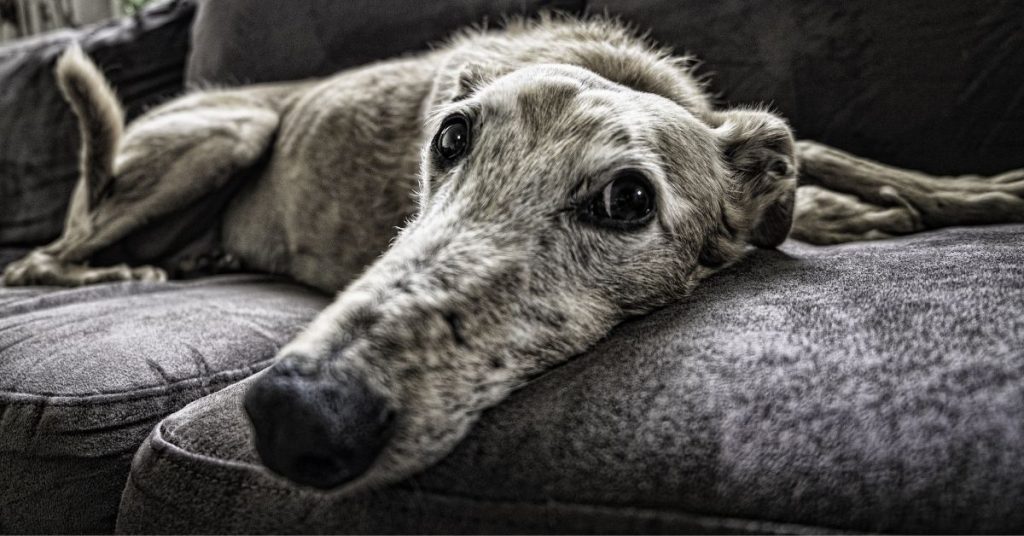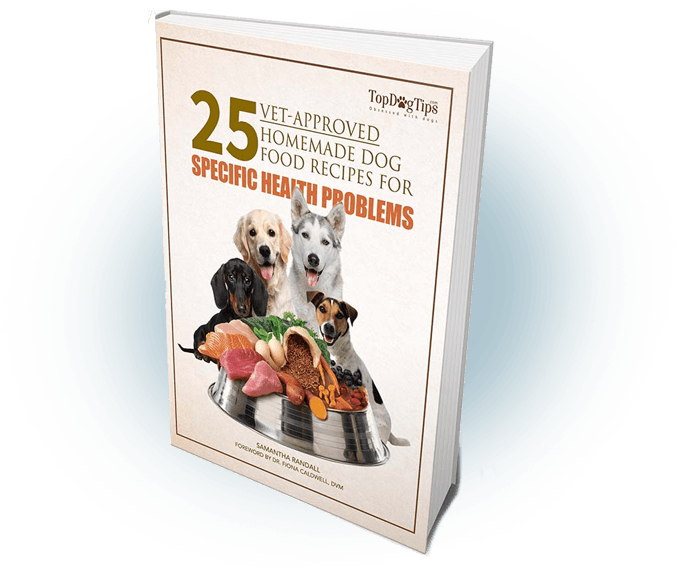
As pet owners, we want nothing but the best for our furry friends. This is especially true when it comes to our senior pups, who require extra care and attention to ensure their safety and comfort. Unfortunately, as our dogs get older, they become more vulnerable to hazards in and around our homes. From slippery floors to sharp corners, there are many potential dangers that could harm our senior dogs. That's why it's essential to take the necessary steps to make our homes safer for them. Below, we'll go over 10 practical ways to do just that. Let's get started!

These tips range from making simple modifications to your home's layout to investing in specialized products designed for senior dogs. By implementing these ideas, you can provide your furry friend with a safer and more comfortable living space, giving you peace of mind and allowing your pup to enjoy their golden years to the fullest.
If your home has stairs or elevated areas, consider installing ramps or gentle slopes to eliminate the need for your senior dog to climb stairs. Out of all of the things you can do to make your home safer for senior pups, this is probably both the hardest AND the most important. It's the hardest in terms of time and money, but the most important because senior dogs often have health issues that make stairs a massive challenge.
The video below does a good job of explaining a relatively thrifty way to make a DIY dog ramp. Unfortunately, it mainly only really works for short staircases. If you have 2-story home with a full staircase, you may need to call a professional.
.
Here's an easy one! To prevent slips and falls, replace slippery surfaces with non-slip flooring options. This is especially important in areas where your senior dog spends a lot of time, such as hallways, kitchen, and living room.
You don't have to install expensive carpets or anything super fancy. You can just use cheap throw rugs with non-slip backing (make it yourself by following the video below) or apply non-slip strips (like these on Amazon) to your existing flooring. They also make transparent anti-slip tape if you prefer something that isn't visible.
Eating from a raised bowl can relieve strain on your senior dog's neck and back. Consider using elevated feeding stations to bring the food and water bowls closer to their level. This modification reduces the need to bend down, making mealtime more comfortable for your furry friend.
HOWEVER (and it's an all-caps however for a reason), make sure you talk to your vet first. It sounds silly telling you to ask your vet before your change your dog's food bowl, I know. But some breeds that are prone to bloat should NOT use elevated bowls. Plus, there may be medical conditions that make raised feeders less than ideal. So just ask your vet.
Here's another pretty simple (yet not always cheap) way to make your senior dog's environment comfier: invest in a good orthopedic dog bed.
Orthopedic beds are designed to alleviate pressure on joints, which is particularly beneficial for dogs with arthritis or other joint issues. Look for beds with memory foam or high-quality padding to ensure maximum comfort.
I also came across the video below that I thought was just genius! If you have a large breed and don't have the money for pricey beds (they can get SUPER expensive), buy a baby mattress instead. Seriously, in all of my years of buying and writing about dog beds, I never thought of that.
Maintaining a comfortable temperature is crucial for senior dogs, as they can become more sensitive to extreme heat or cold. Ensure that their living area is well-insulated and consider using heating pads or cooling mats during extreme weather conditions to regulate their body temperature.
If you have a short-haired dog like I do, remember this good rule of thumb: if you're too hot, they're too hot; if you're too cold, they're too cold.
Cluttered pathways can be hazardous for senior dogs. Keep the floor clear of obstacles such as toys, shoes, or wires that they could trip over. This simple modification reduces the risk of accidents and allows your senior dog to move around with ease.
Dim lighting can make it difficult for your senior dog to navigate around the house, especially at night or if he suffers from vision problems. Increase the lighting in their living area and install nightlights along common pathways to ensure they can see clearly and avoid any potential hazards.
Consult with your veterinarian about providing joint supplements for your senior dog. These supplements can help improve mobility, reduce joint pain, and promote overall joint health. Adding them to your dog's diet can significantly enhance their comfort and quality of life.
Designate a cozy, quiet space for your senior dog to relax and retreat to when they need some peace and quiet. Fill this area with their favorite bedding, toys, and familiar scents. This safe haven will provide them with a sense of security and comfort.
Lastly, ensure that your senior dog receives regular check-ups from the veterinarian. Regular examinations allow for early detection and treatment of any health issues. Your vet can provide additional guidance on modifying your home to cater to your senior dog's specific needs.
Making a few modifications to your home can go a long way in keeping your senior dog comfortable and safe. From providing easy access to creating a cozy space, each adjustment contributes to their overall well-being. By taking these steps, you can provide your furry friend with the love, care, and comfort they deserve during their golden years.


info@seniorpups.com
Copyright 2023 – All Rights Reserved by Senior Pups